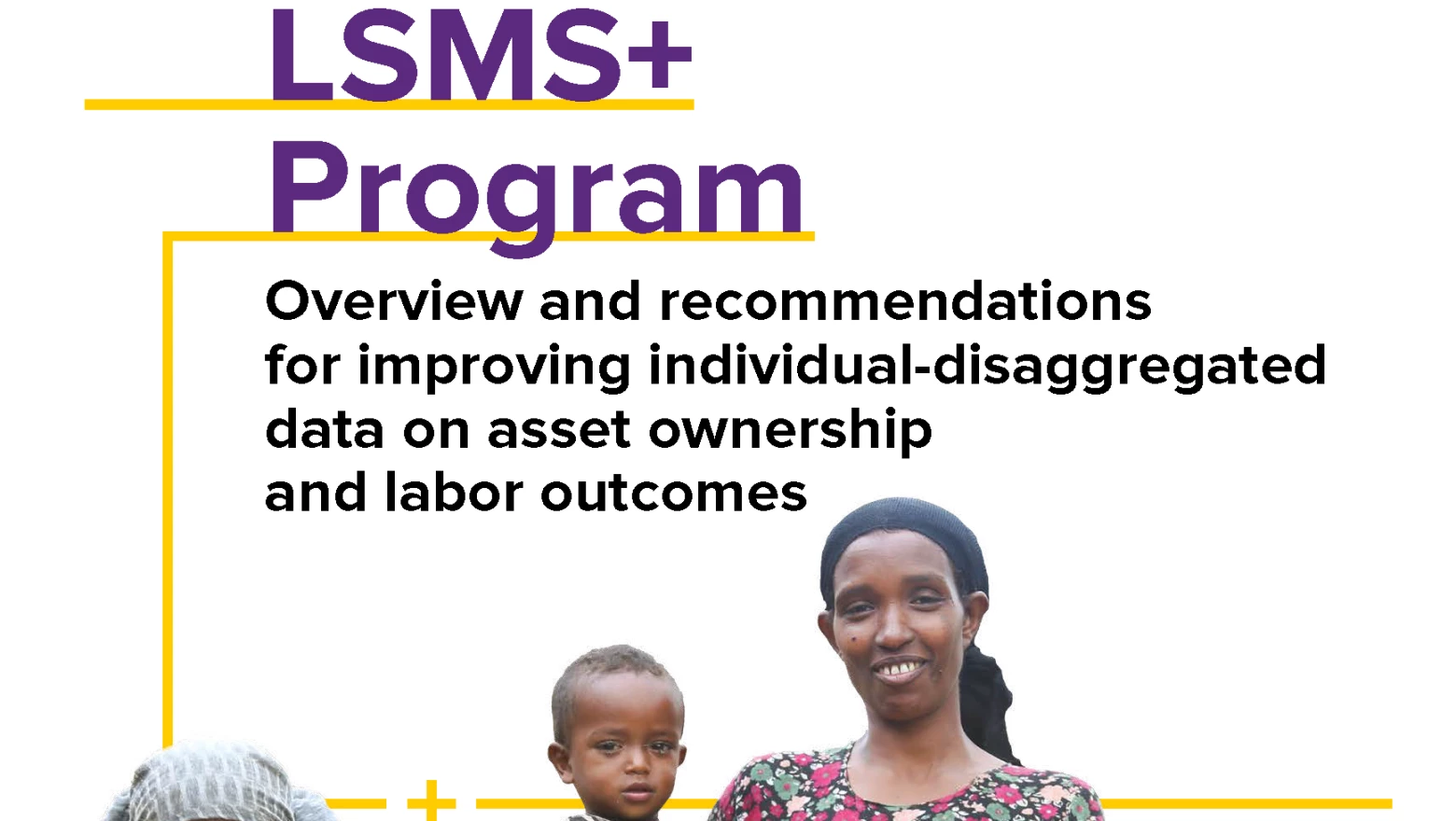Featured Indicators
All Indicators
- A woman can open a bank account in the same way as a man (1=yes; 0=no)
- Account ownership at a financial institution or with a mobile-money-service provider (% of population ages 15+)
- Borrowed any money from a formal financial institution or using a mobile money account (% age 15+)
- Borrowed any money in the past year (% age 15+)
- Borrowed for education or school fees (% age 15+)
- Borrowed for health or medical purposes (% age 15+)
- Borrowed from a financial institution (% age 15+)
- Borrowed from a savings club (% age 15+)
- Borrowed from a store by buying on credit (% age 15+)
- Borrowed from family or friends (% age 15+)
- Borrowed to start, operate, or expand a farm or business (% age 15+)
- Coming up with emergency funds in 30 days: not possible (% age 15+)
- Coming up with emergency funds in 30 days: possible (% age 15+)
- Coming up with emergency funds in 7 days: possible (% age 15+)
- Credit card ownership (% age 15+)
- Debit card ownership (% age 15+)
- Experience or continue to experience severe financial hardship as a result of the disruption caused by COVID-19 (% age 15+)
- Female and male surviving spouses have equal rights to inherit assets (1=yes; 0=no)
- Financial institution account (% age 15+)
- Has an inactive account (% age 15+)
- Made digital payments in the past year (% age 15+)
- Made or received digital payments in the past year (% age 15+)
- Men and married women have equal ownership rights to immovable property (1=yes; 0=no)
- Mobile money account (% age 15+)
- Most worrying financial issue (% age 15+)
- Ownership of a house (%)
- Ownership of land (%)
- Paid school fees in the past year (% age 15+)
- Paid utility bills in the past year (% age 15+)
- People with a national identity card or equivalent foundational identity document (% ages 15+)
- Received a public sector pension in the past year (% age 15+)
- Received digital payments in the past year (% age 15+)
- Received domestic remittances in the past year (% age 15+)
- Received government payments in the past year (% age 15+)
- Received government transfer or pension (% age 15+)
- Received government transfers in the past year (% age 15+)
- Received payments for the sale of agricultural products, livestock, or crops (% age 15+)
- Saved any money in the past year (% age 15+)
- Saved at a financial institution (% age 15+)
- Saved at a financial institution or using a mobile money account (% age 15+)
- Saved for education or school fees (% age 15+)
- Saved for old age (% age 15+)
- Saved money using a mobile money account (% age 15+)
- Saved to start, operate, or expand a farm or business (% age 15+)
- Saved using a savings club or a person outside the family (% age 15+)
- Sent domestic remittances in the past year (% age 15+)
- Sent or received domestic remittances in the past year (% age 15+)
- Sons and daughters have equal rights to inherit assets from their parents (1=yes; 0=no)
- The law grants spouses equal administrative authority over assets during marriage (1=yes; 0=no)
- The law prohibits discrimination in access to credit based on gender (1=yes; 0=no)
- Used a mobile phone or the internet to access an account (% with an account, age 15+)
- Used a mobile phone or the internet to buy something online in the past year(% age 15+)
- Used a mobile phone or the internet to pay bills in the past year (% age 15+)
- Women, Business and the Law: Assets Indicator Score (scale 1-100)
- Worried about not being able to pay for medical costs in case of a serious illness or accident (% age 15+)
- Worried about not being able to pay school fees or fees for education (% age 15+)
- Worried about not having enough money for monthly expenses or bills (% age 15+)
- Worried about not having enough money for old age (% age 15+)
Related Content
Learn more(opens in a new tab)
The Gender Data Portal is more than just a database of sex-disaggregated data and gender statistics. Browse data tips and free training and courses on the Help page. Explore data availability, toolkits, and resources using the links to the right.
Filling Gender Data Gaps
Learn about which indicators and economies have the least data coverage and the World Bank’s efforts to fill data gaps in gender data measurement and collection.
More Gender Data Resources
Access guidelines to collecting sex-disaggregated data, lists of gender data portals and national statistical offices with gender sites, gender-related datasets, and visualizations among other resources.






